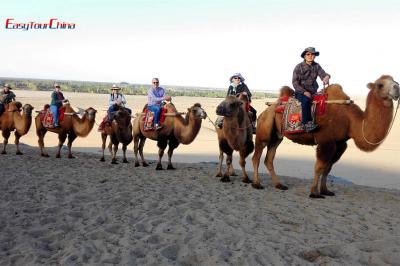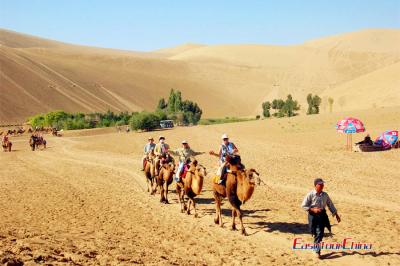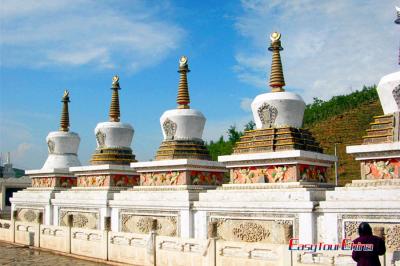Mogao Grottoes
Situated 25 km southeast of Dunhuang city, Mogao Grottoes (also named the Caves of Thousand Buddhas) were built into the desert cliffs above a river valley. It is so famous as the world's greatest treasure house of Buddhist art extant today. Their construction started in 366 AD. The existing 492 grottoes contain 45,000 square meters of murals and more than 2415 painted sculptures, which spanned 10 consecutive dynasties in more than 1,000 years.
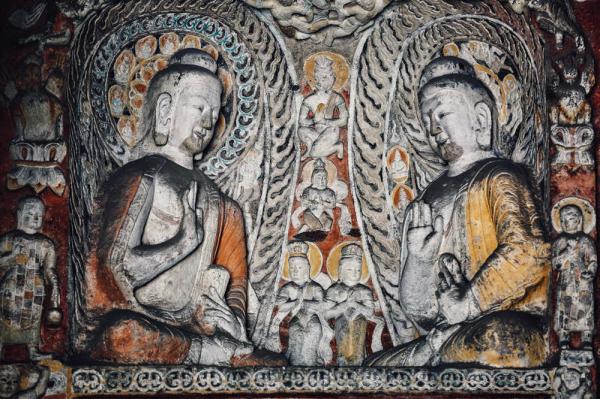 The highest grotto is more than 40 meters, and 30 meters wide. The biggest figure is 33 meters tall. From the top story the visitors will get a view of sweeping panorama of the 1600-meter expanse across the sheer cliff-side and of the nine-story tower jutting as the center of the remaining 492 grottoes. Their superb craftsmanship and rich imagination are amazing.
The highest grotto is more than 40 meters, and 30 meters wide. The biggest figure is 33 meters tall. From the top story the visitors will get a view of sweeping panorama of the 1600-meter expanse across the sheer cliff-side and of the nine-story tower jutting as the center of the remaining 492 grottoes. Their superb craftsmanship and rich imagination are amazing.
The Mogao Grottoes at Dunhuang is divided into north and south districts, totaling 735 grottoes in all. All the caves are linked by walkways and marked with the date of their carving and dynasty. A visit to the Dunhuang Grottoes can give the visitors a complete and chronological picture of Buddhist art from the Eastern Jin Dynasty through the Nothern Wei, Western Wei, Northern Zhou, Sui, Tang, Five Dynasties, Song, Xixia, and Yuan Dynasties - more than one thousand years of history.
The Mogao Caves are the best known of the Chinese Buddhist grottoes, and along with Longmen and Yungang are one of the three famous ancient sculptural sites of China. In 1987 the Mogao Grottoes was listed as the World Heritage site by UNESCO.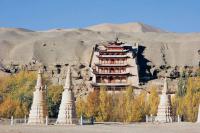
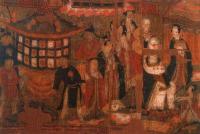
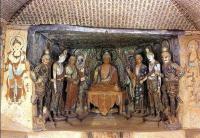
More Attractions in Dunhuang
